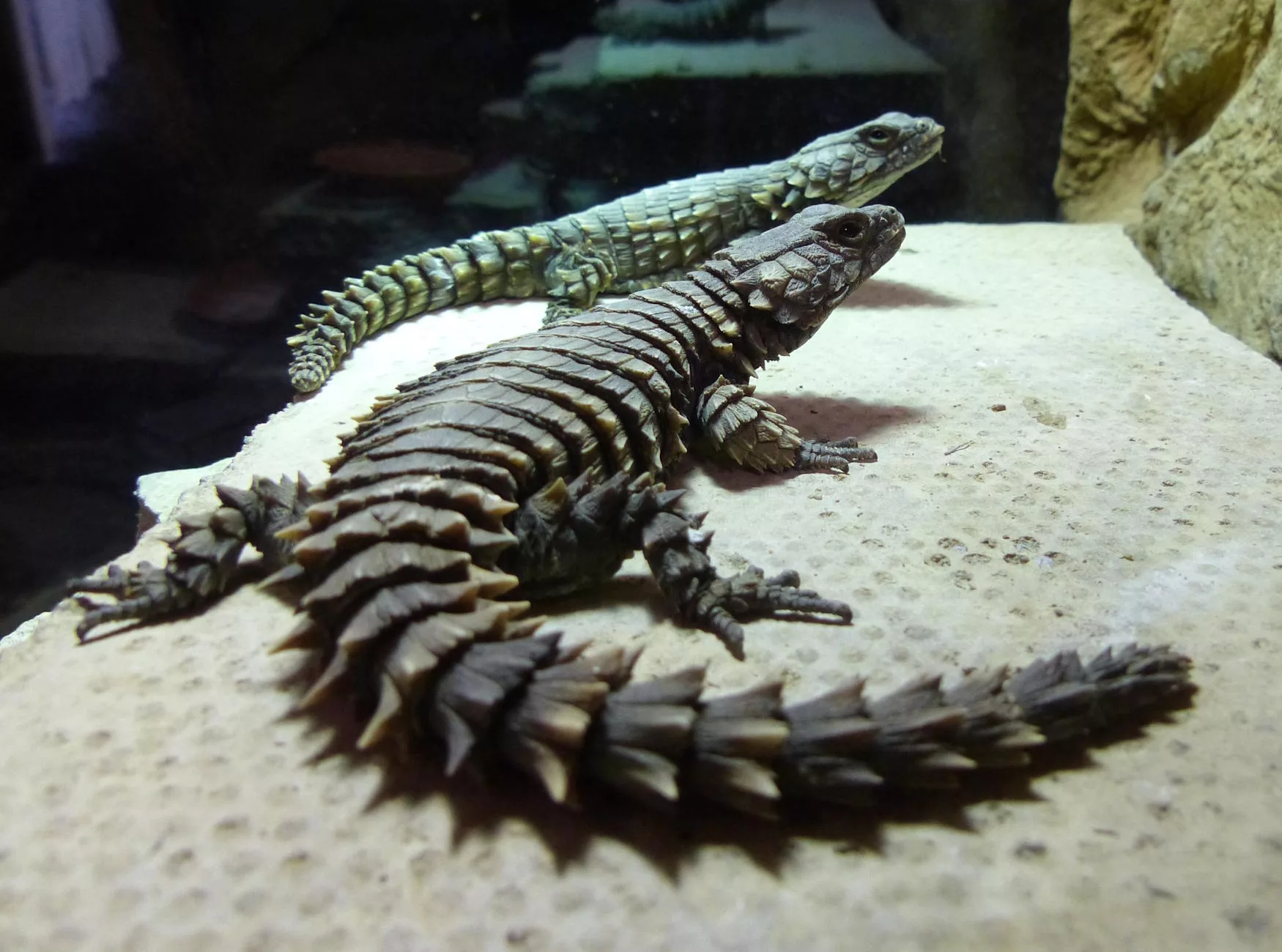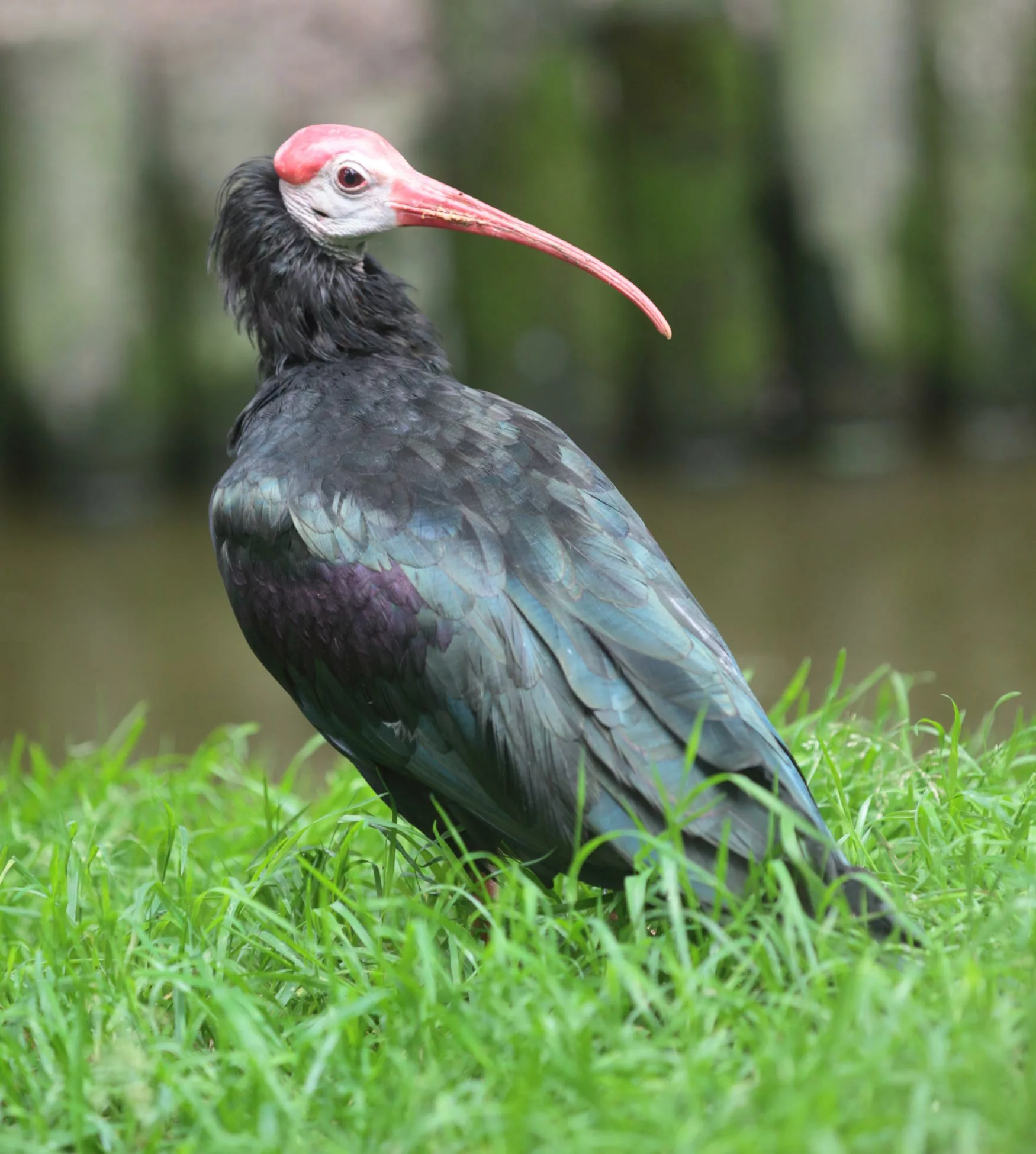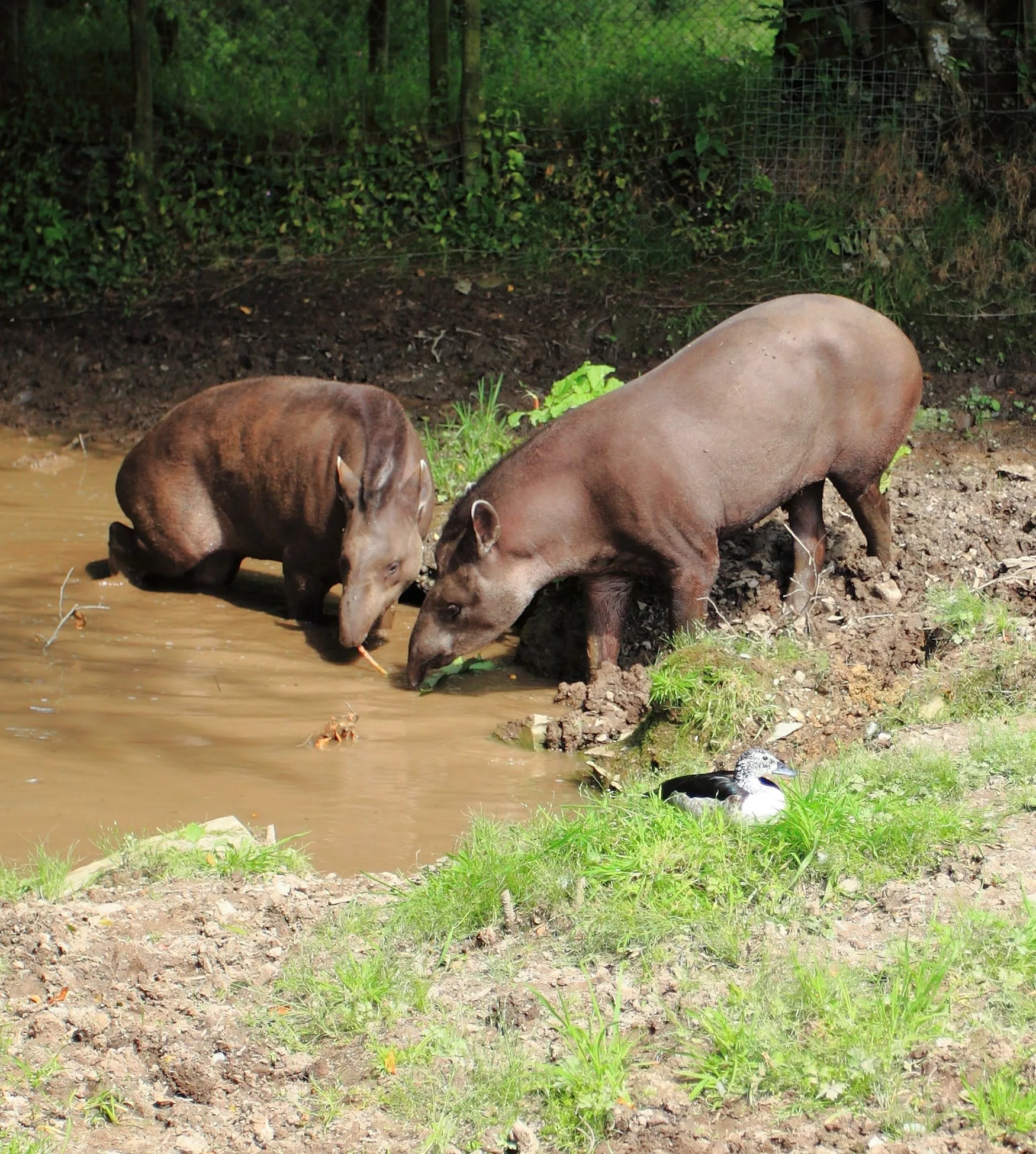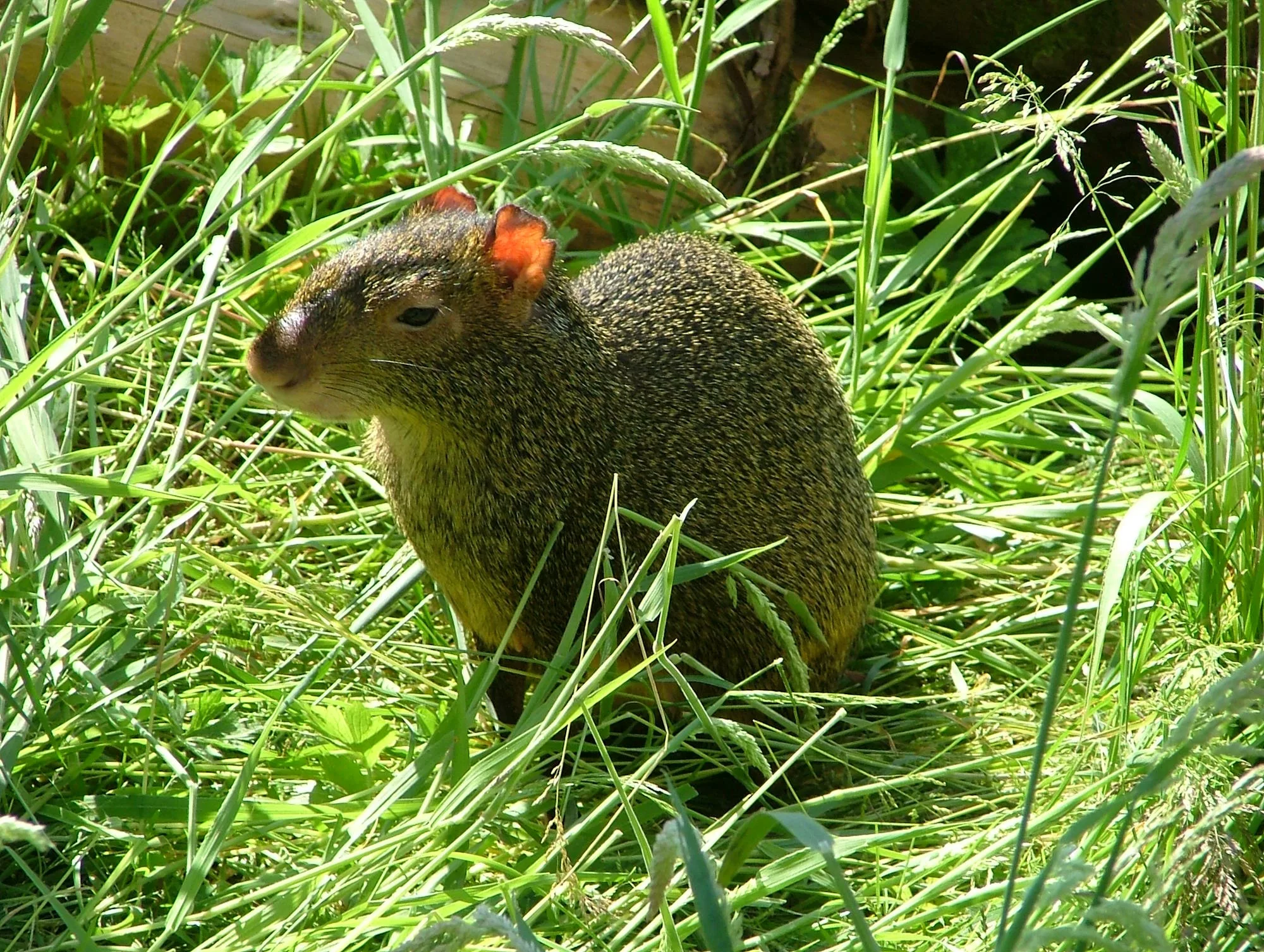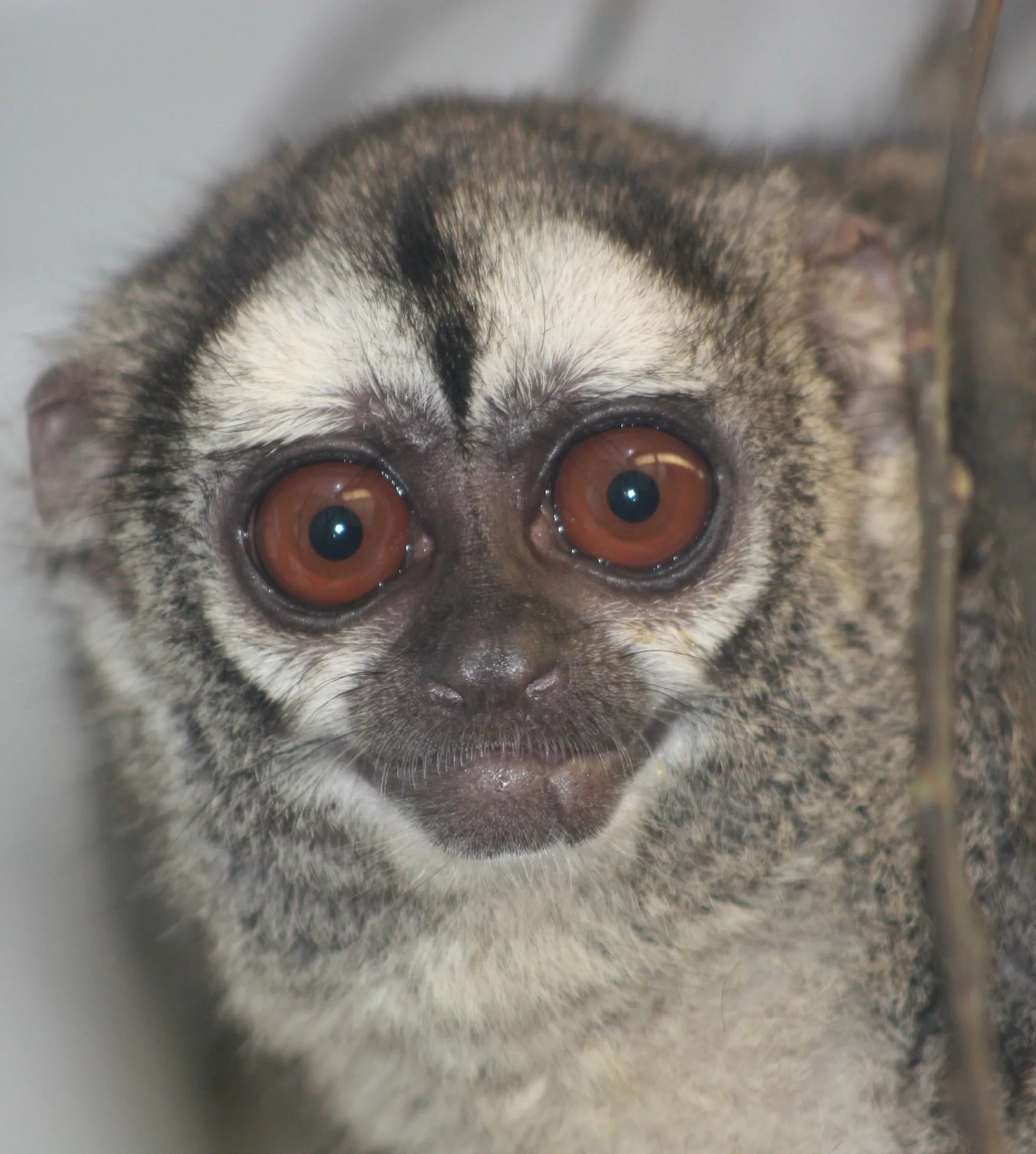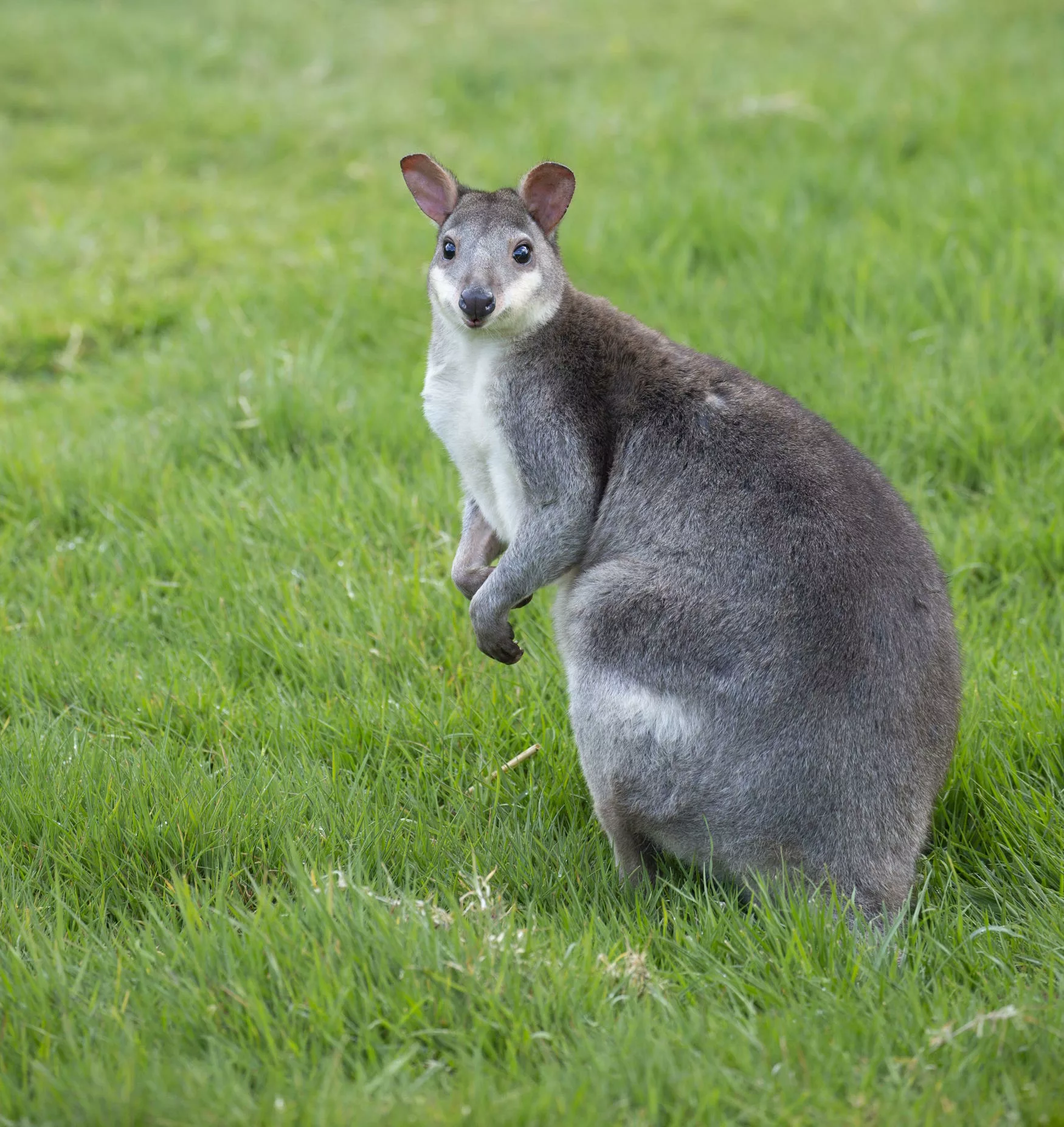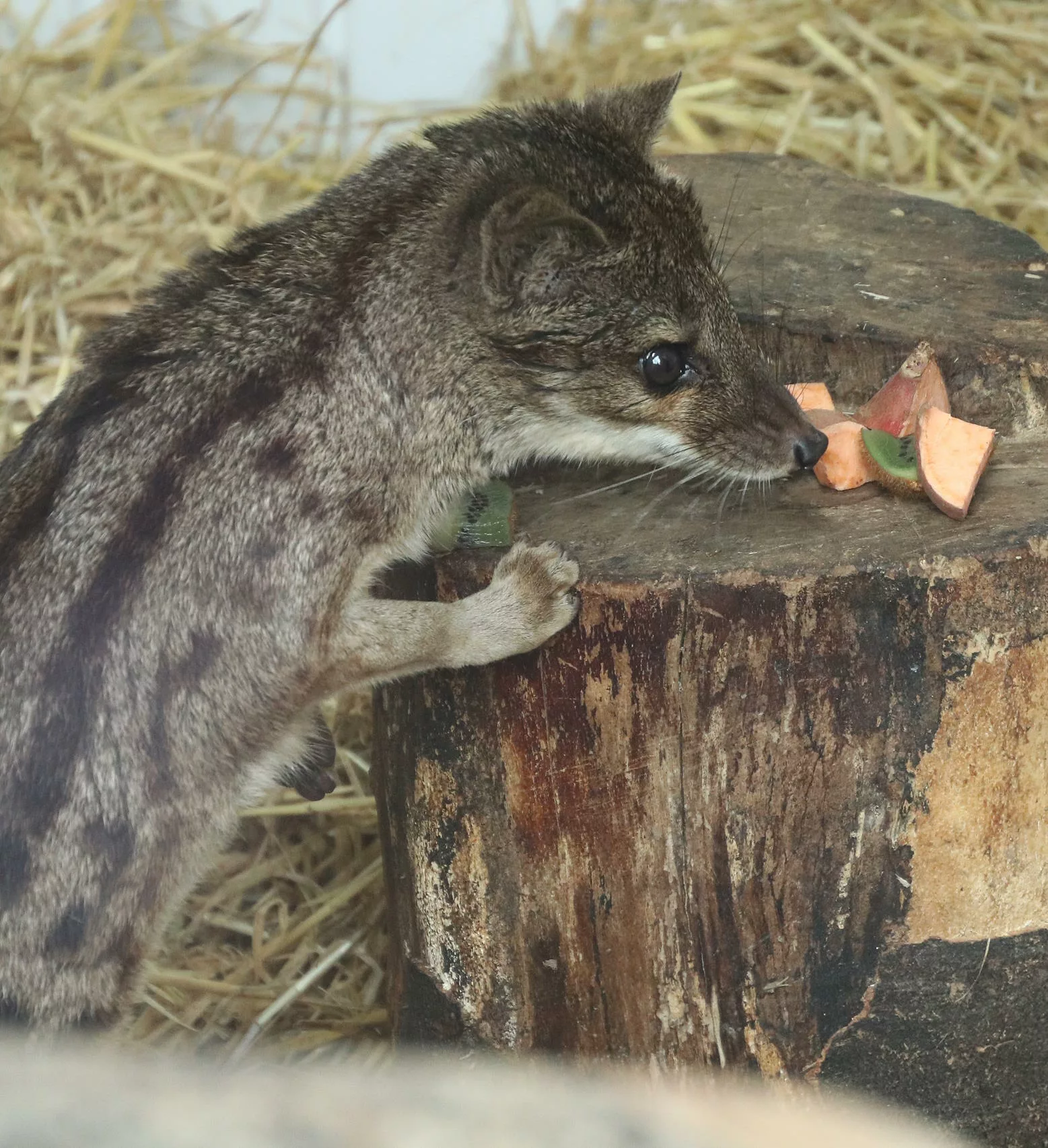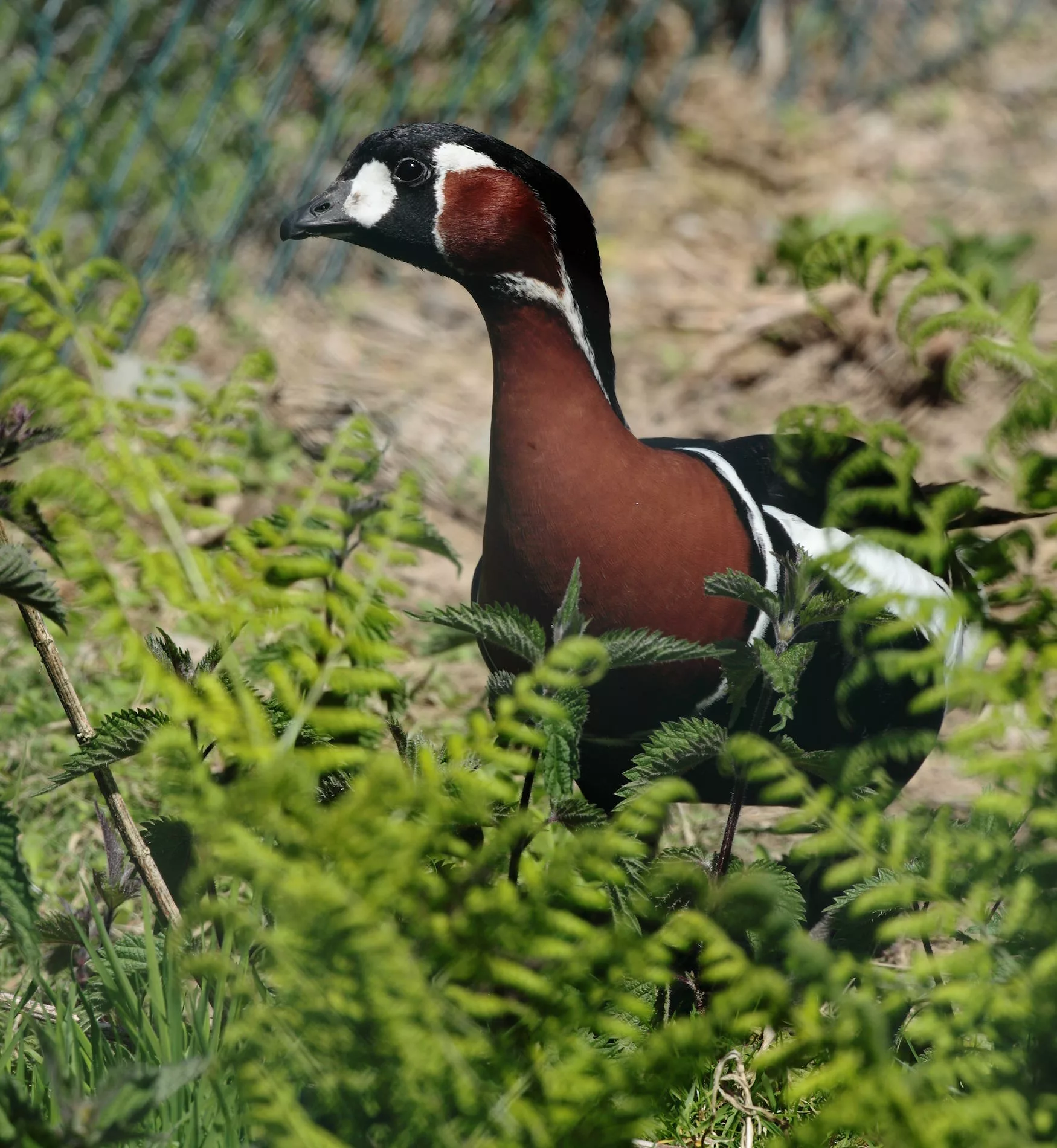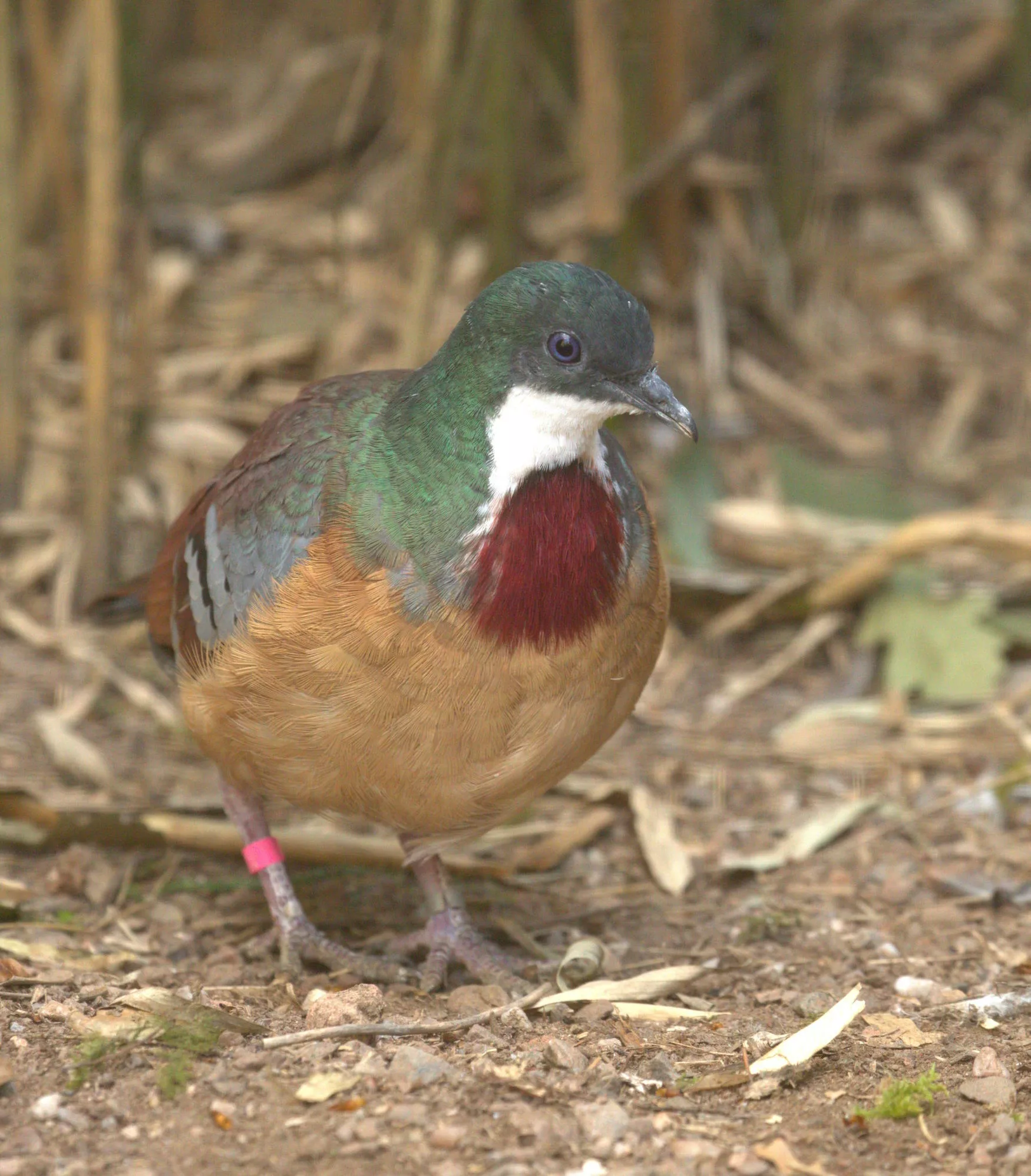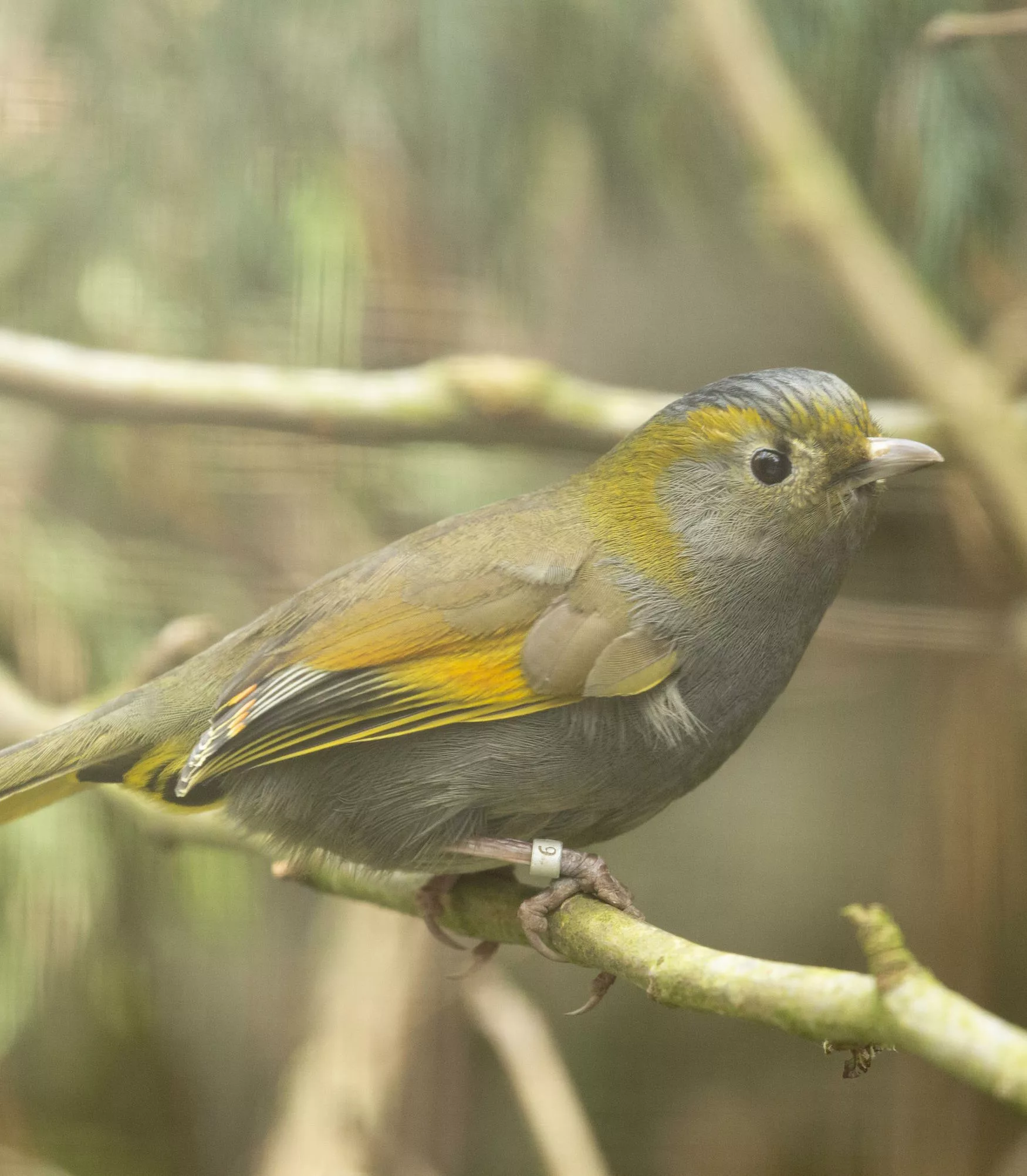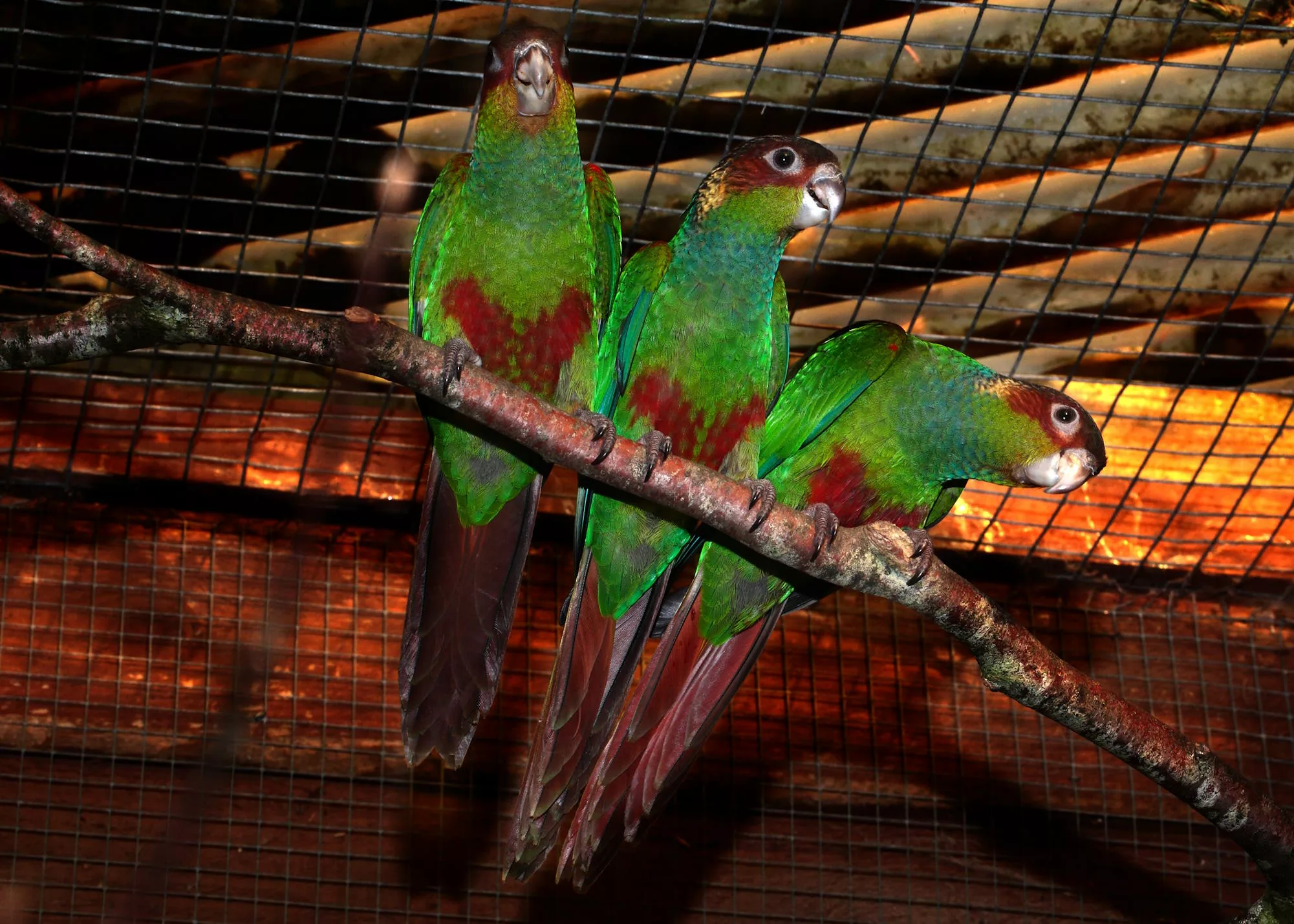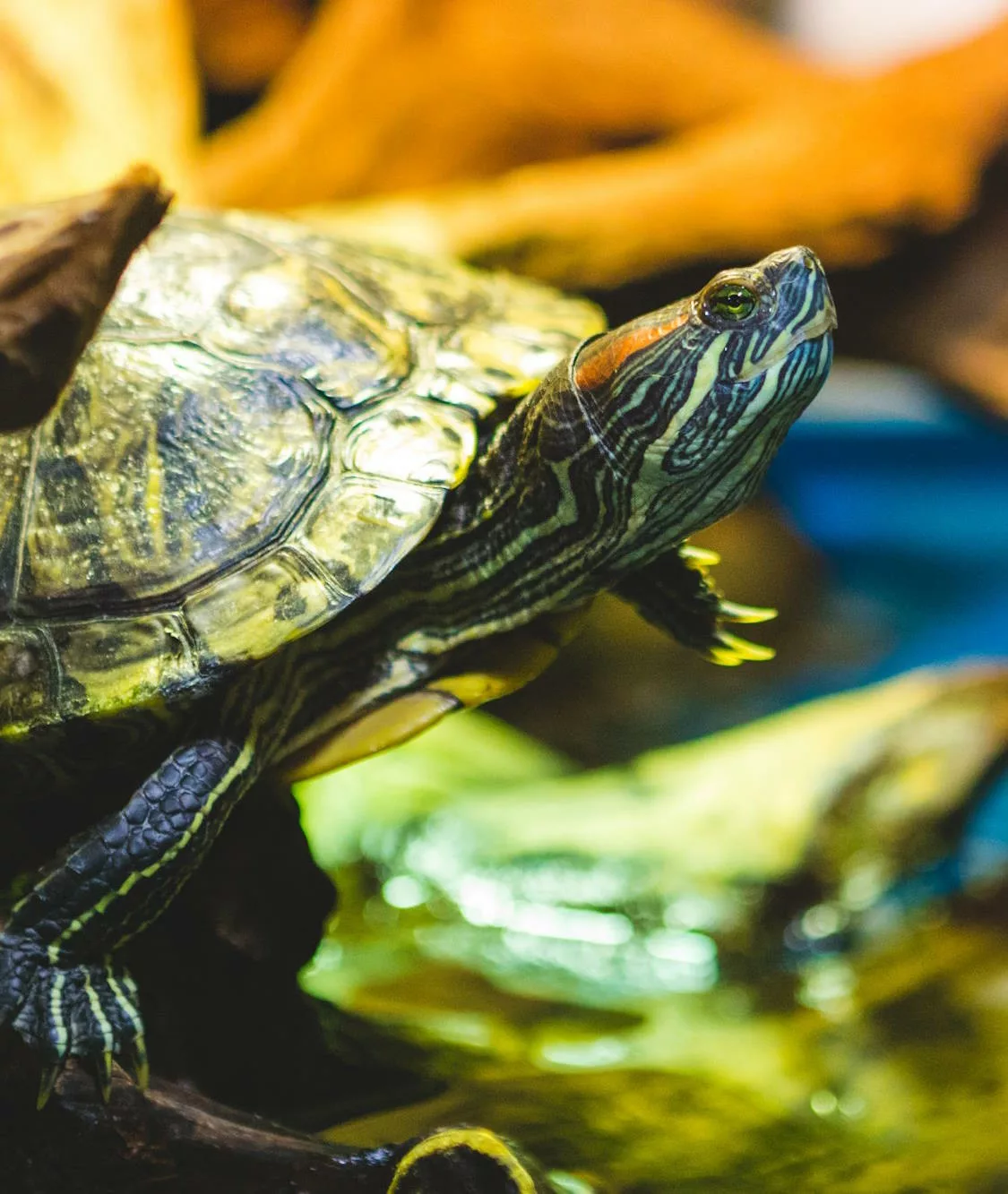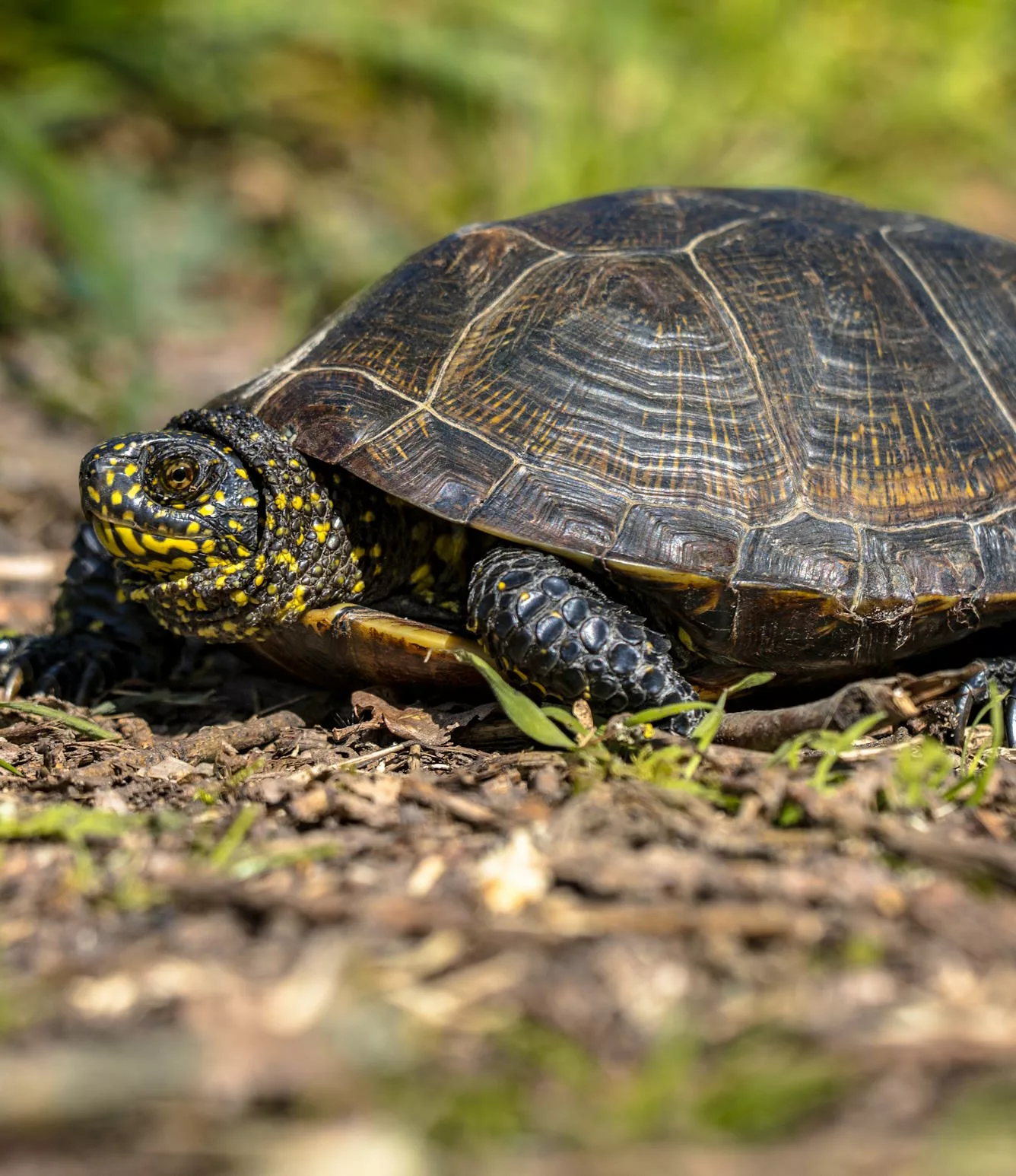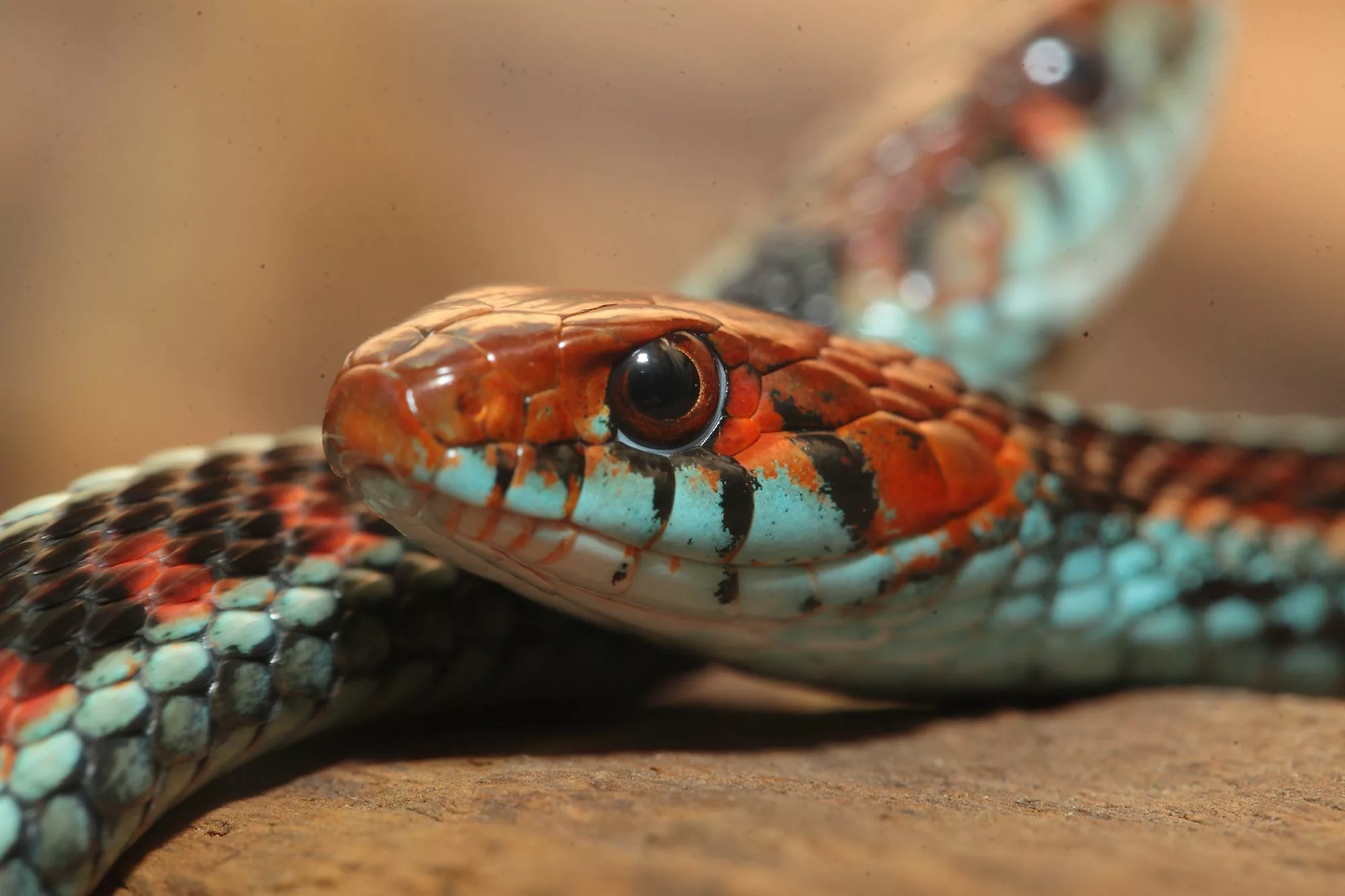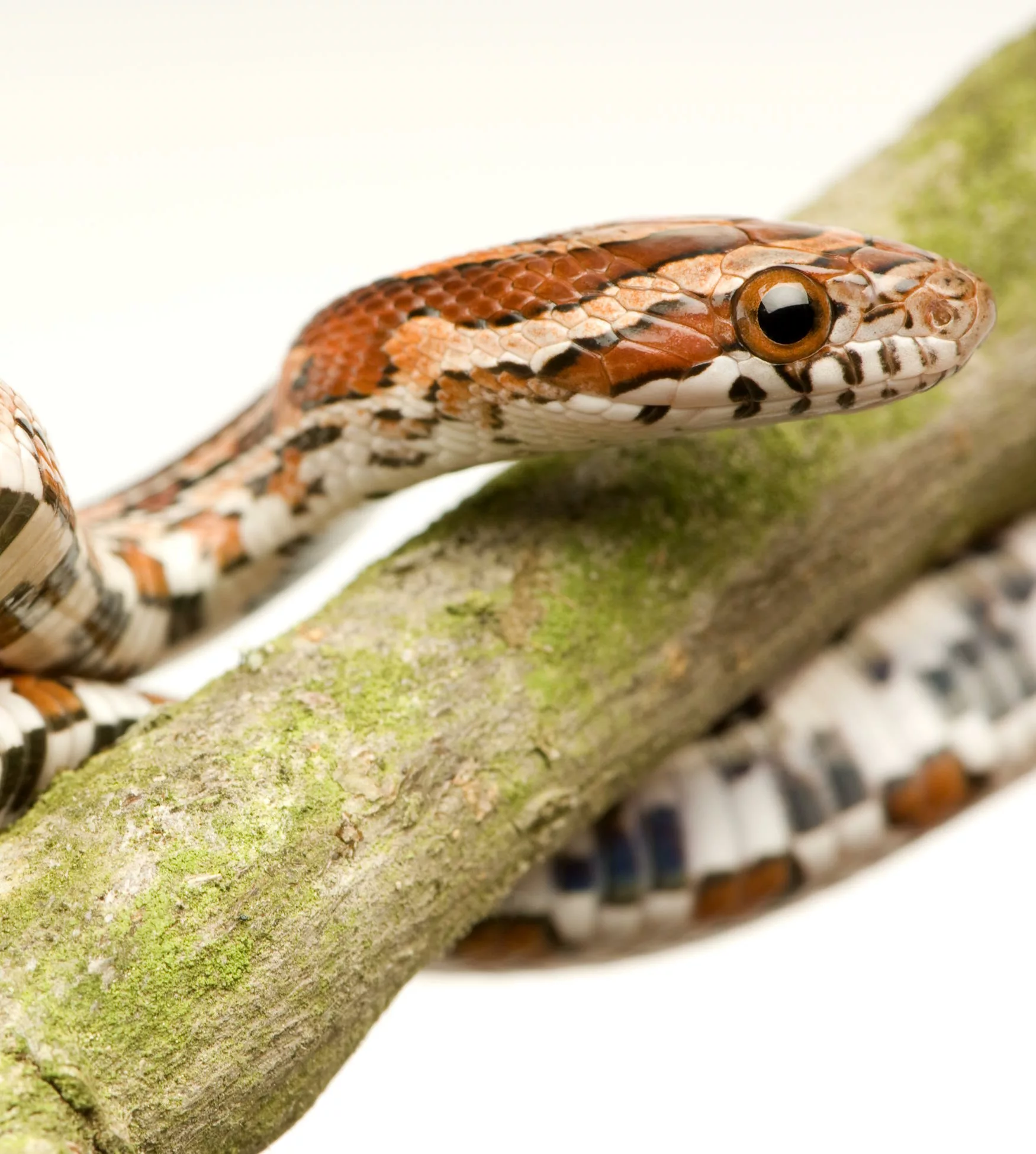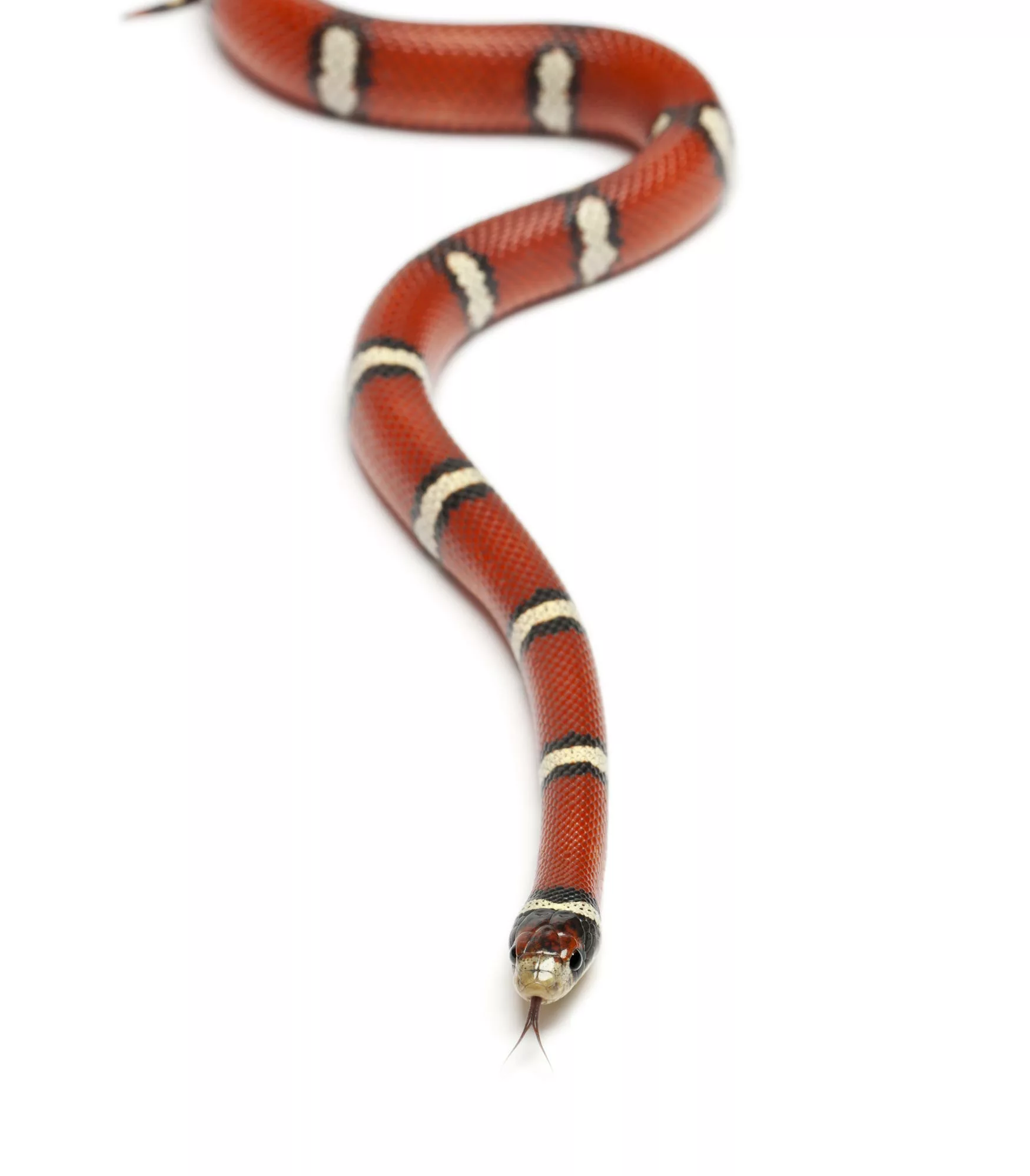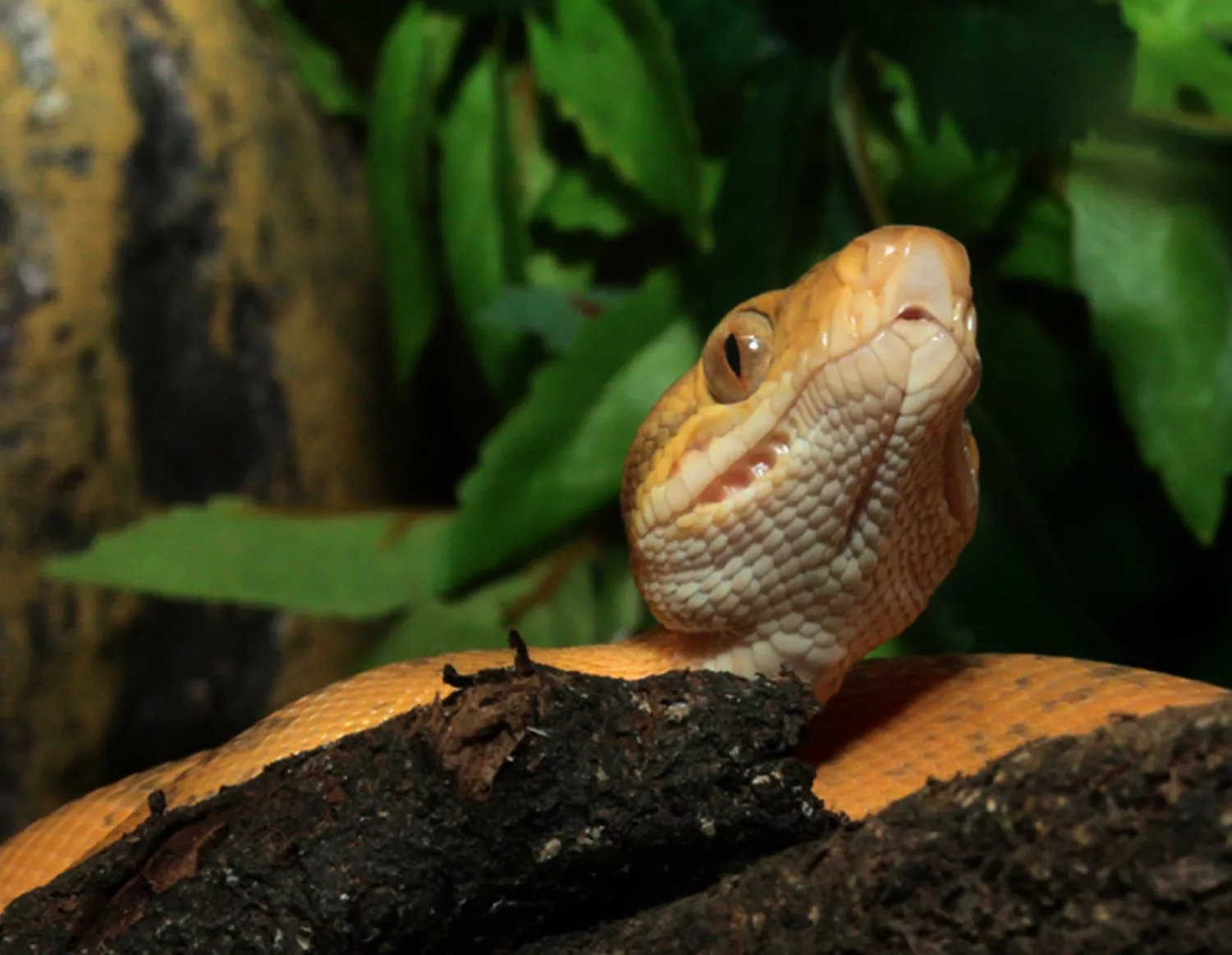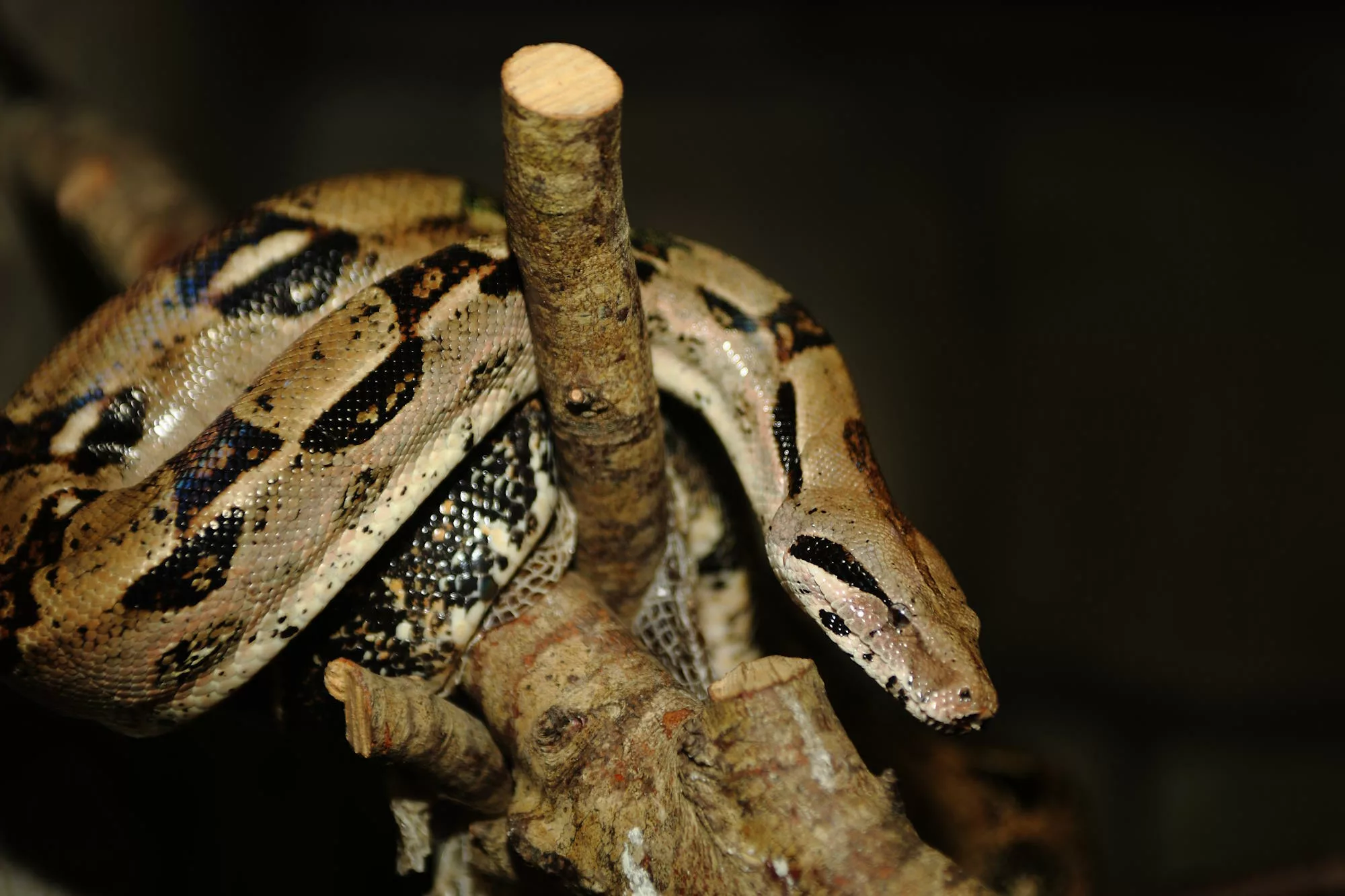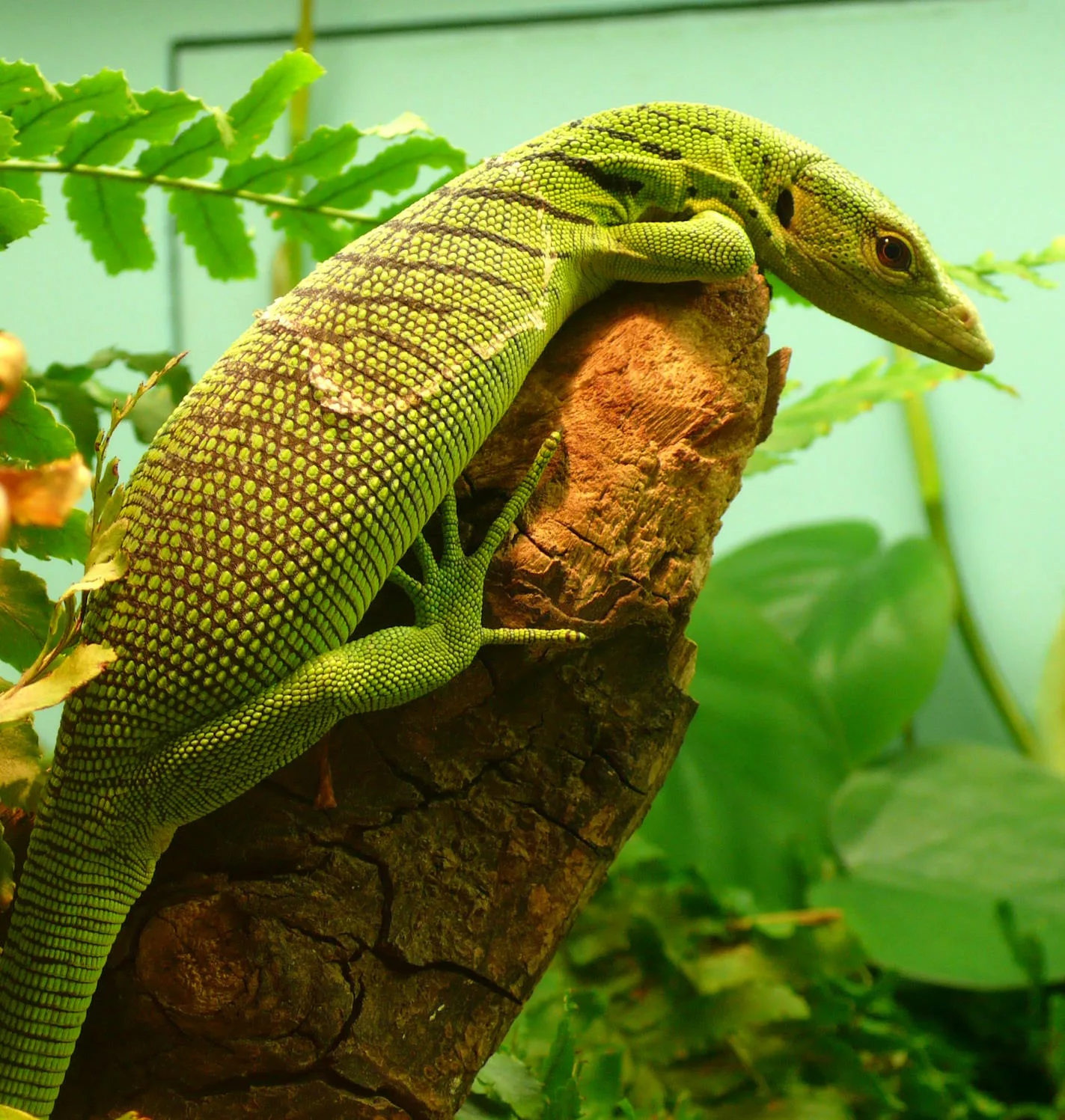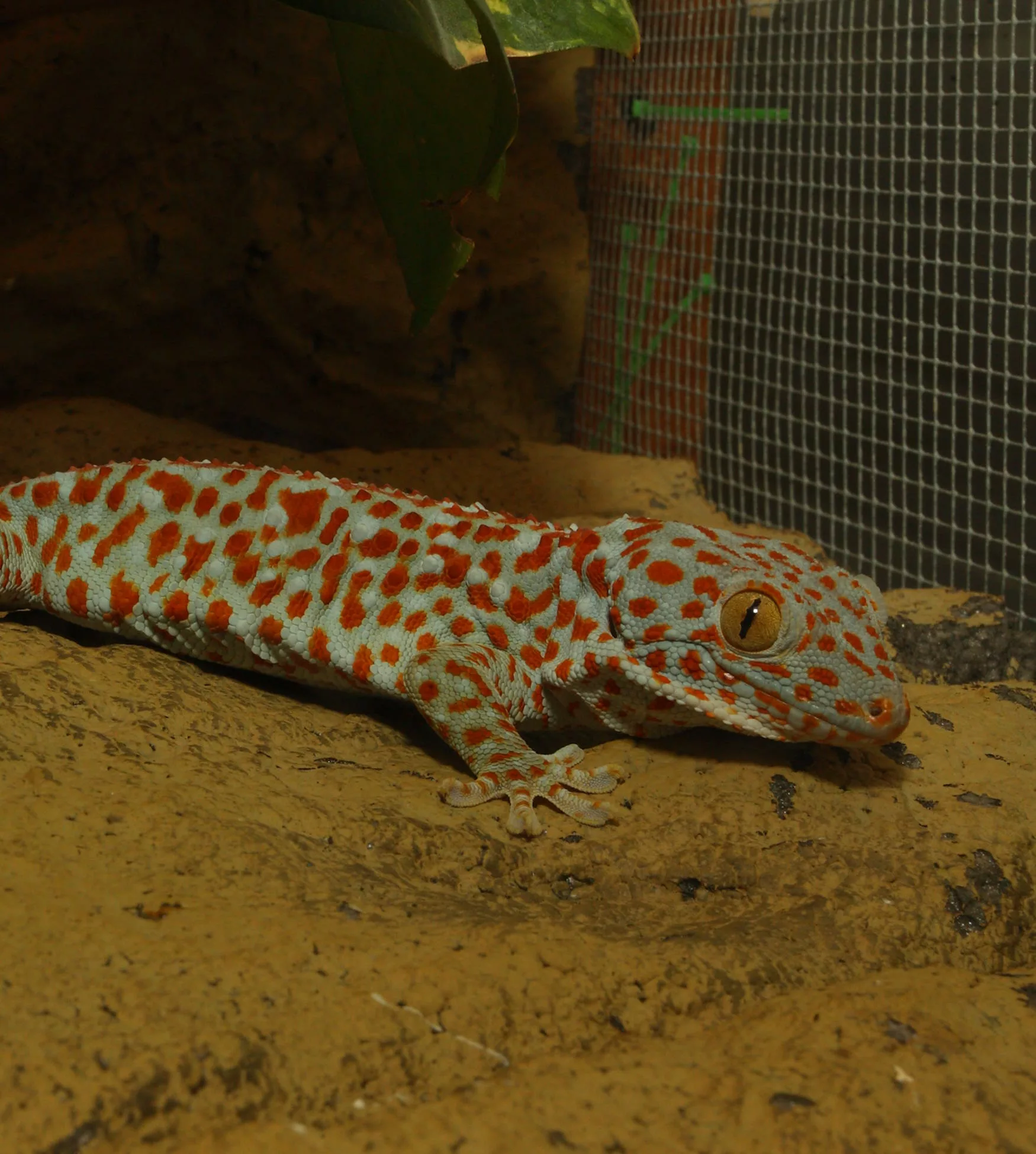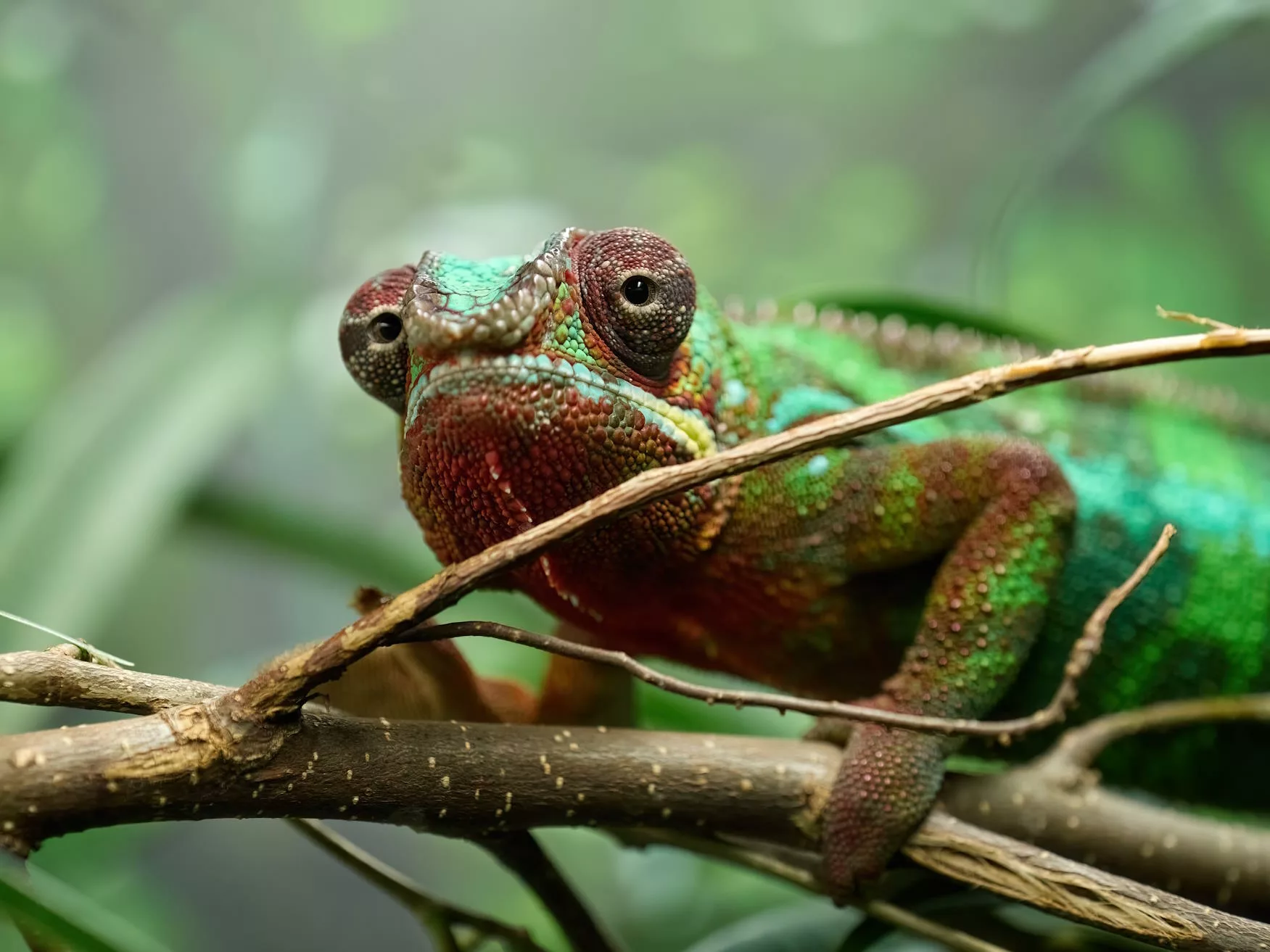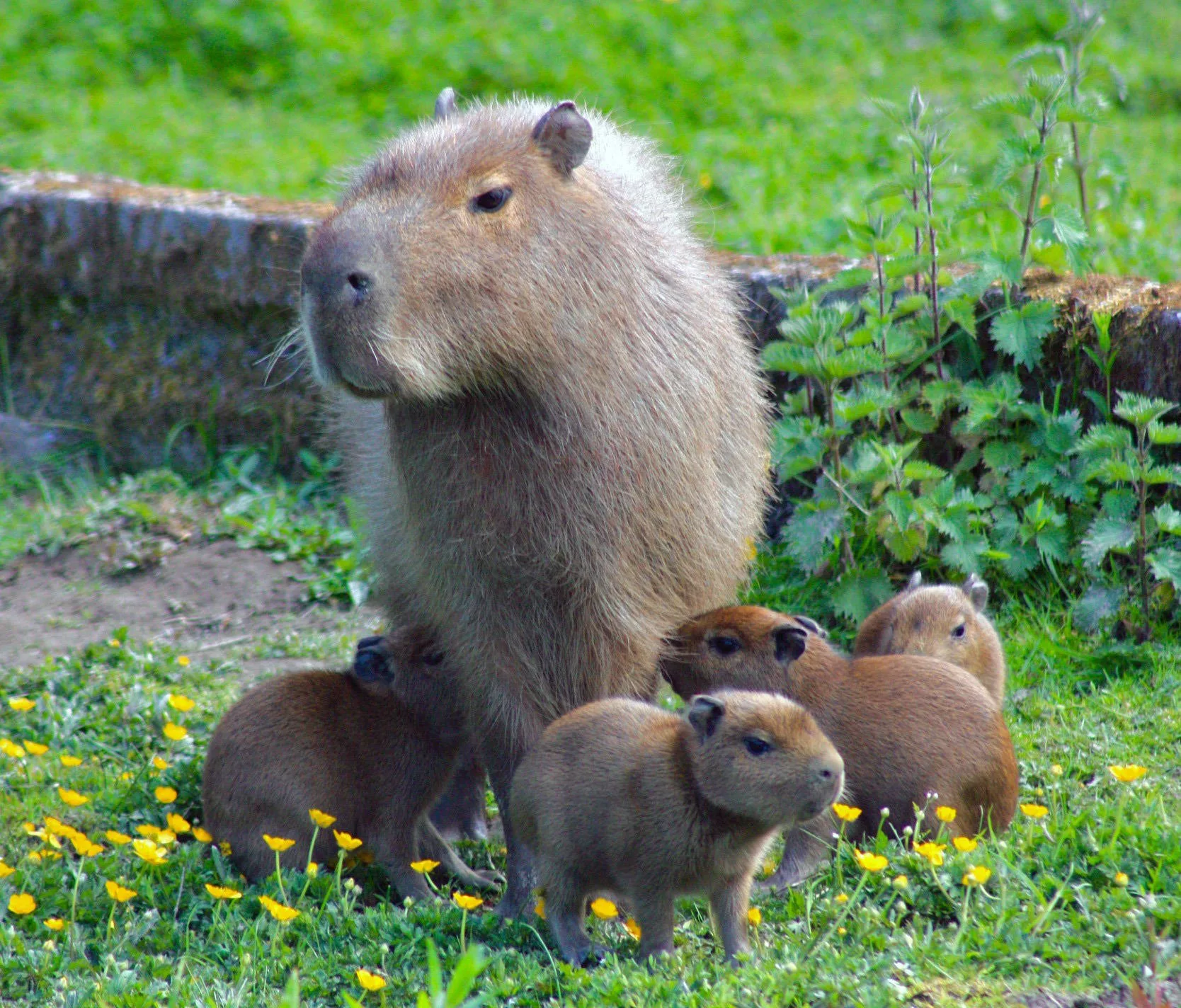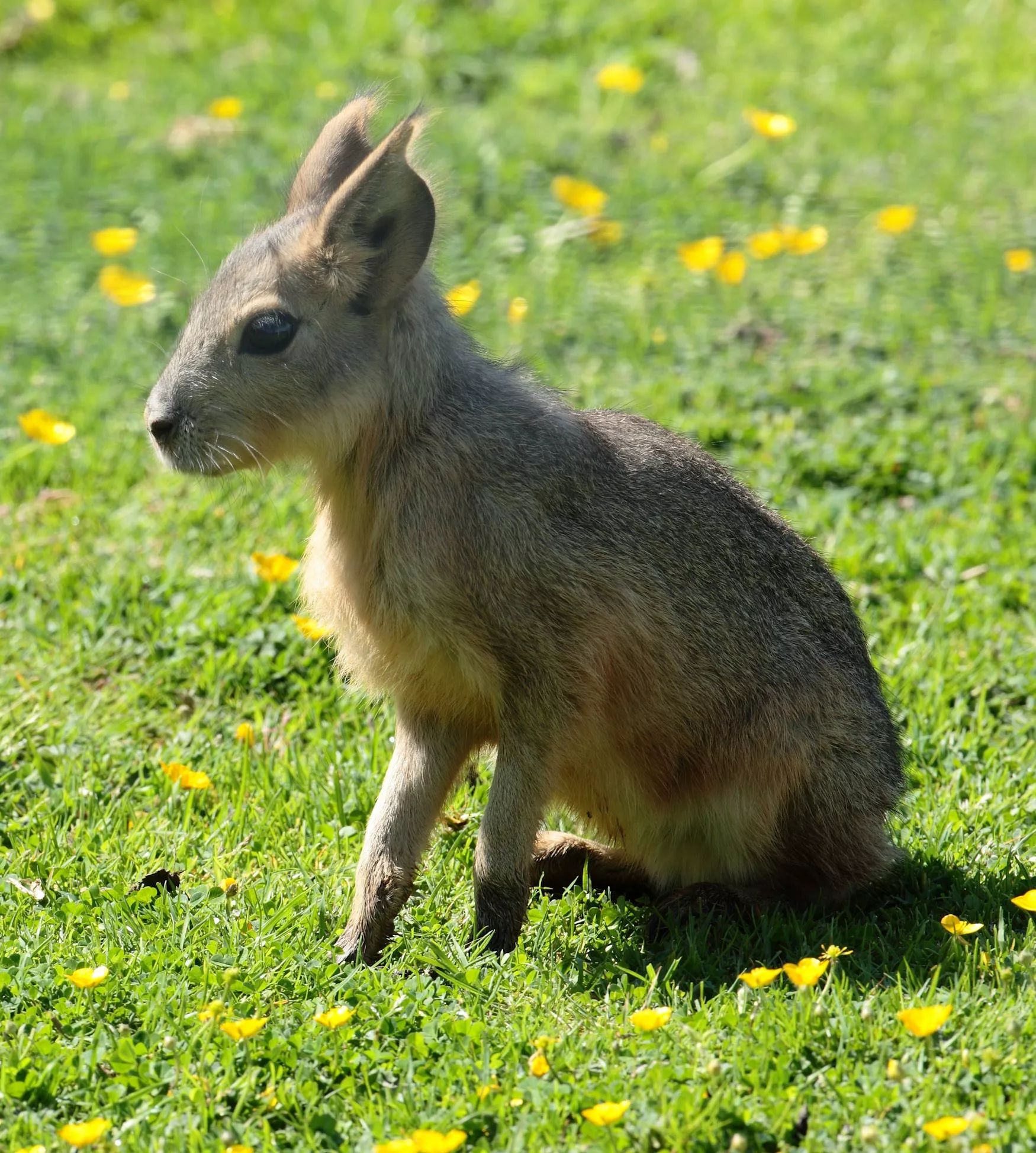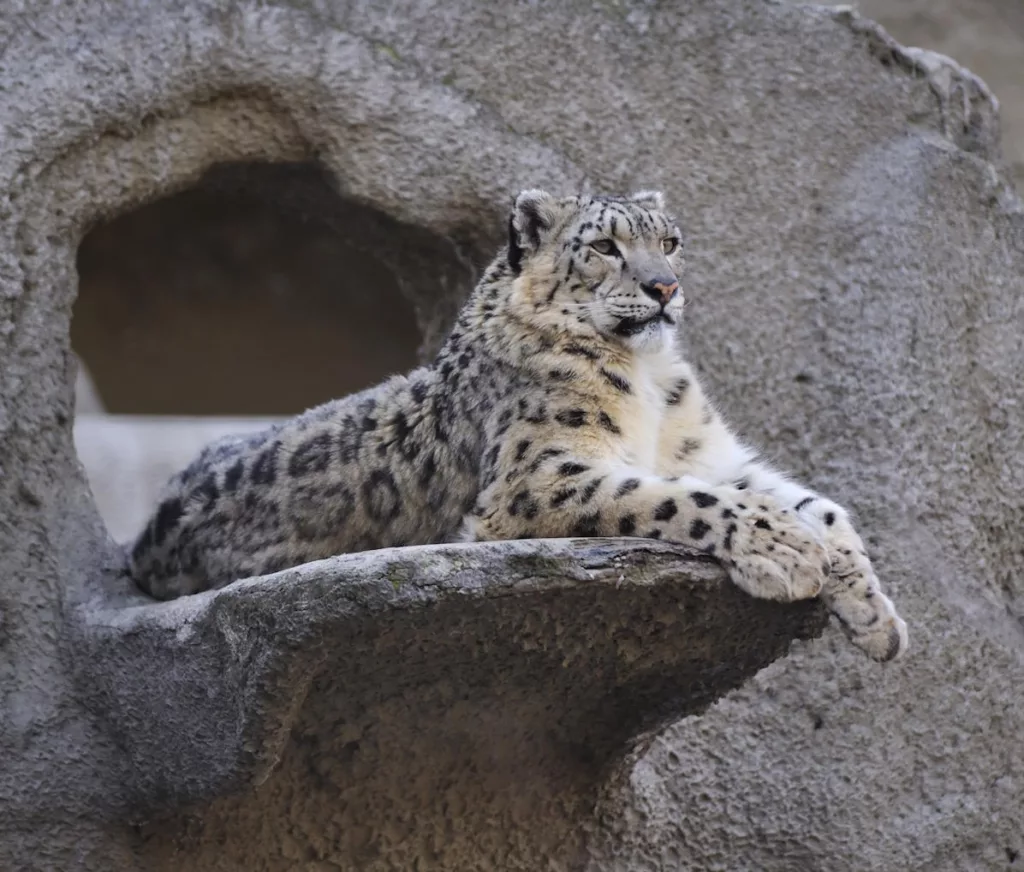
Snow Leopard (Due Autumn 2025)
Scientific name: Panthera uncia
IUCN listed as: Vulnerable
Learn before you visit!
Here are some facts about the species – Discover what they eat, find out about their natural habitat, see what they like to do, and more… Set the reading style to suit you too, everyday speak or something aimed towards children.
Child-friendly
Everyday
Diet
Snow leopards are carnivorous predators, primarily hunting wild sheep, goats, and smaller mammals. They are solitary hunters, relying on stealth and their excellent camouflage to approach prey undetected. Their diet varies depending on the availability of prey in their mountainous habitats.
Snow leopards are big cats that love to hunt wild sheep, goats, and smaller animals in their snowy mountain homes. They sneak up on their prey, using their excellent camouflage to stay hidden. They eat whatever animals are available in their cold, rocky world.
Breeding
Female snow leopards typically give birth to one to five cubs after a gestation period of about 90-100 days. Cubs are born blind and helpless, relying entirely on their mother for warmth, protection, and nourishment. They begin to open their eyes at around seven days old and start exploring their surroundings at two to three months.
Girl snow leopards usually have one to five baby leopards, called cubs, after about three months of waiting. The cubs are born with their eyes closed and can’t move much, so they depend on their mum for warmth and food. After a couple of months, they start to see and explore their snowy home.
Habitat
Native to the mountain ranges of Central and South Asia, snow leopards inhabit elevations between 3,000 and 4,500 meters. Their range includes the Himalayas, the Tibetan Plateau, and parts of Russia and Mongolia. They prefer steep, rugged terrain with rocky outcrops and sparse vegetation, which offers both camouflage and hunting opportunities.
These amazing cats live in the tall, snowy mountains of Asia, like the Himalayas and parts of Russia. They like steep, rocky places that are high up, where it’s cold and there’s lots of space to roam. The snow and rocks help them hide and hunt for their food.
At the zoo
Snow leopards are a popular attraction in many zoos worldwide, where efforts focus on education and conservation. Captive breeding programs aim to maintain genetic diversity and support global conservation initiatives. Zoos provide environments that mimic their natural habitats, offering enrichment activities to stimulate natural behaviors.
Snow leopards are stars in many zoos, where people come to learn about them and see how beautiful they are. Zoos help these big cats have babies to keep their families strong and healthy. They make special areas that look like the snow leopards’ real homes, so they can play and act like they would in the wild.
Behaviour
Snow leopards are primarily solitary, marking and defending territories to reduce conflicts. They are crepuscular, being most active during dawn and dusk. Their thick, spotted fur provides excellent camouflage against the rocky terrain, aiding in stalking prey.
Snow leopards like to be alone, each having their own special area in the mountains. They are most active when the sun is just coming up or going down. Their thick, spotted fur helps them blend into the rocks and snow, making it easier to sneak up on their dinner.
Fun facts
- Master of Camouflage: Their thick, spotted fur allows them to blend seamlessly into their rocky environments.
- Long, Luxurious Tails: Snow leopards possess long, heavy tails that aid in balancing and can wrap around their bodies for warmth.
- Silent Paws: Their large, furry paws act like natural snowshoes, distributing their weight and allowing them to move silently across snow.
- High-Altitude Dwellers: They thrive at elevations up to 5,500 meters, enduring harsh, cold climates.
- Elusive Hunters: Snow leopards are notoriously difficult to study in the wild due to their elusive nature and remote habitats.
- Super Sneak: Their fur helps them hide so well that you might not even see them coming!
- Tail Tales: Their long tails help them keep balance when climbing and can wrap around them to keep warm.
- Snow Paws: Their big, furry feet act like snowshoes, letting them walk on snow without sinking.
- High Flyers: They live in some of the highest places on Earth, way up in the mountains.
- Hide and Seek Champs: They’re so good at hiding that scientists have a hard time studying them in the wild.
More animals to discover at our zoo
Quick Links
Tickets & Prices
You can buy tickets for Exmoor Zoo securely online, as well as finding out more price options, discover offers, and more…
What’s on…
Exmoor Zoo hosts incredible Events all through the year. You can find out about what we’ve got in store here…
Routes & info
Like any great discovery, Exmoor Zoo can feel a little off the beaten path – but don’t worry – you can plan your journey with our recommended routes and other useful travel info.
